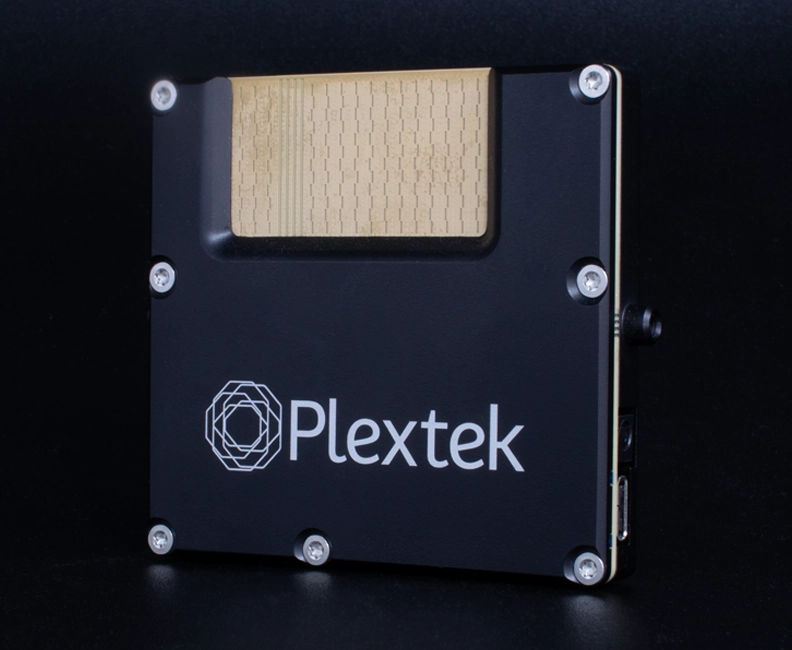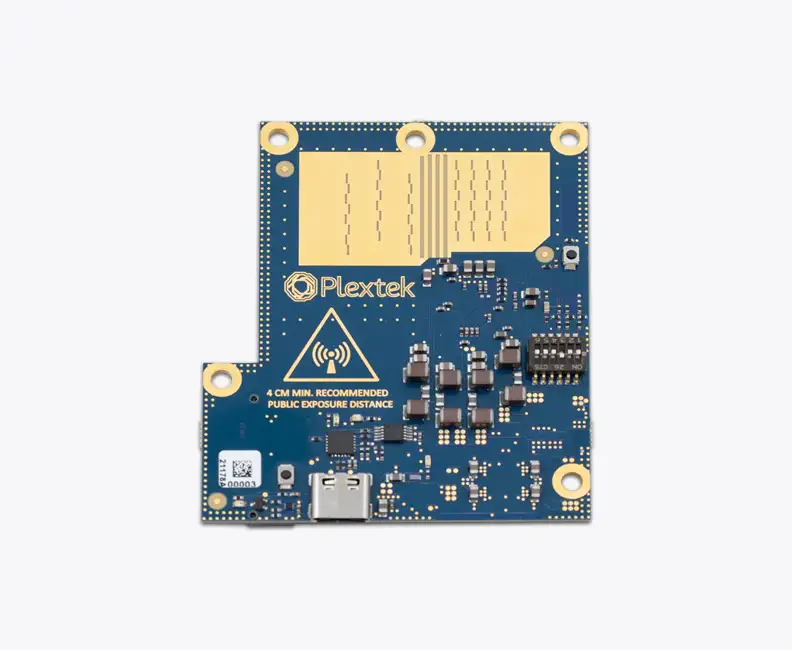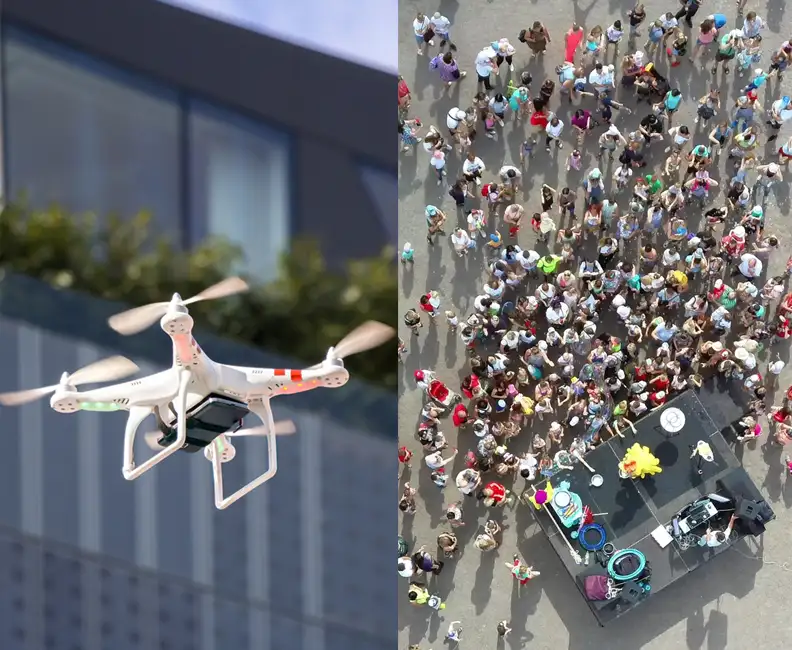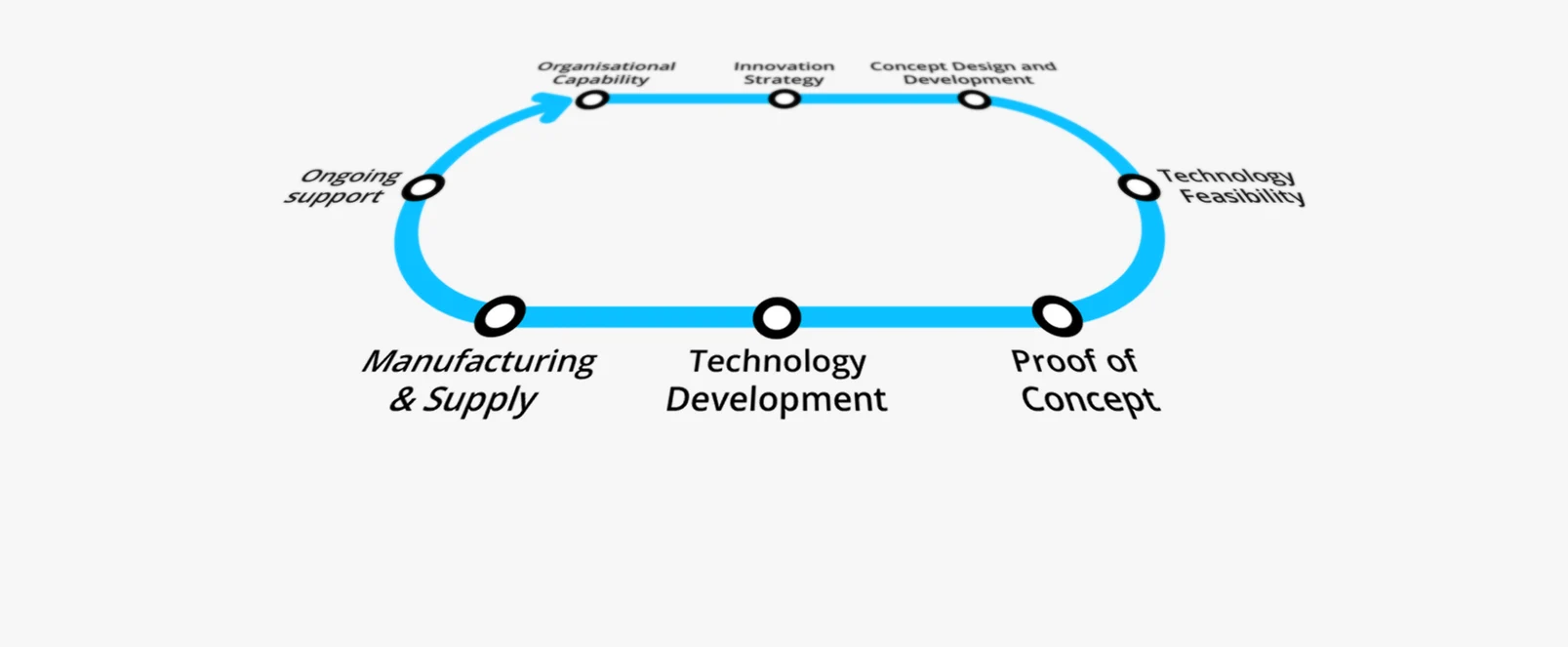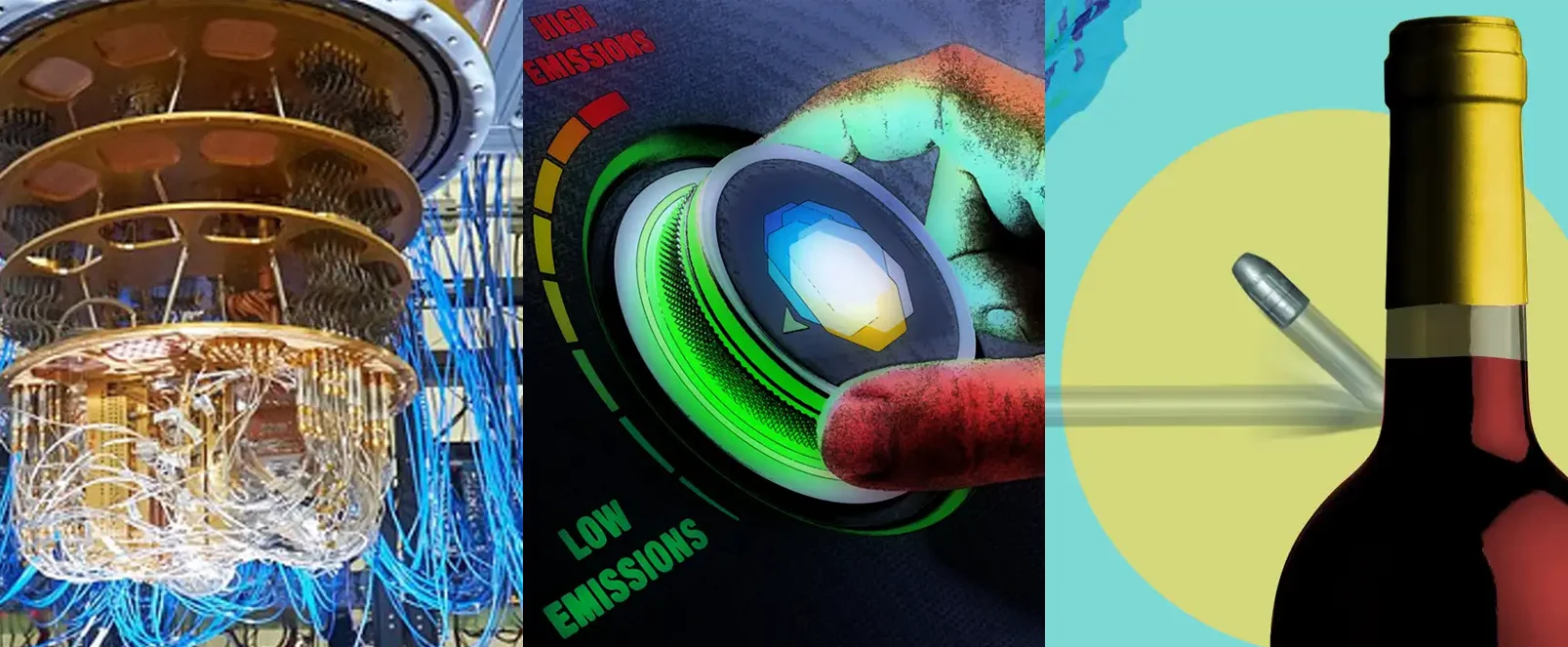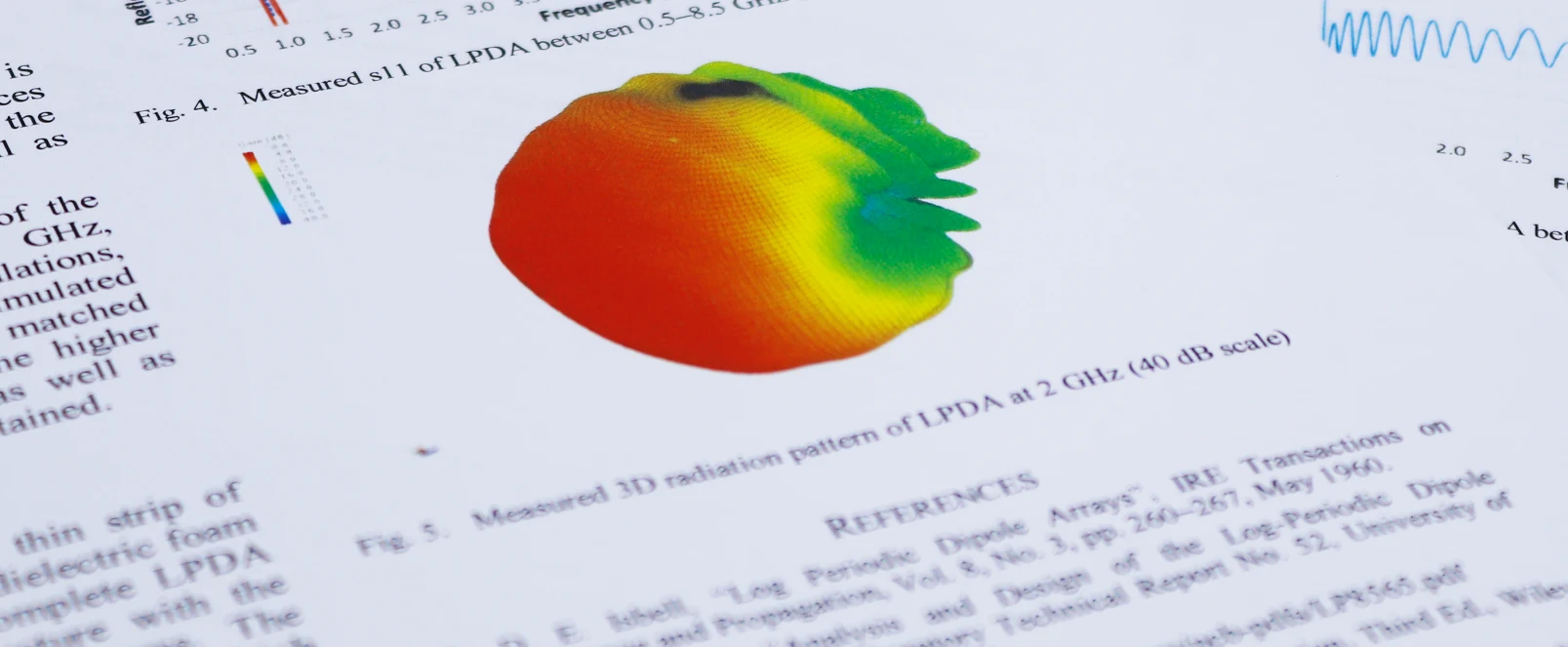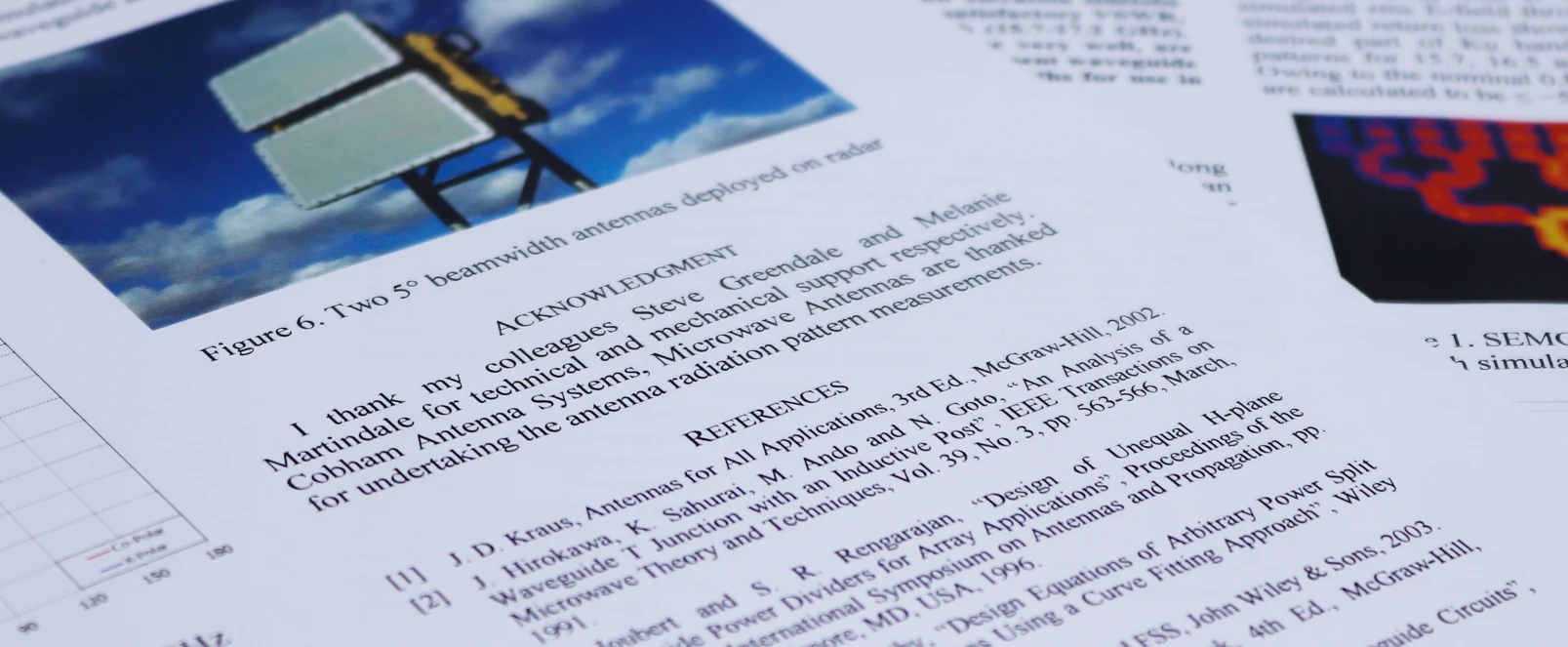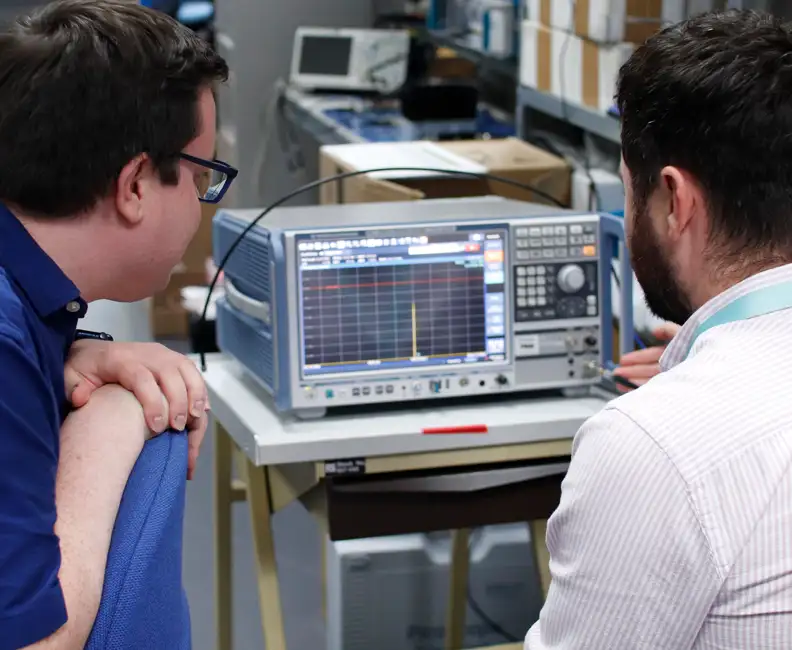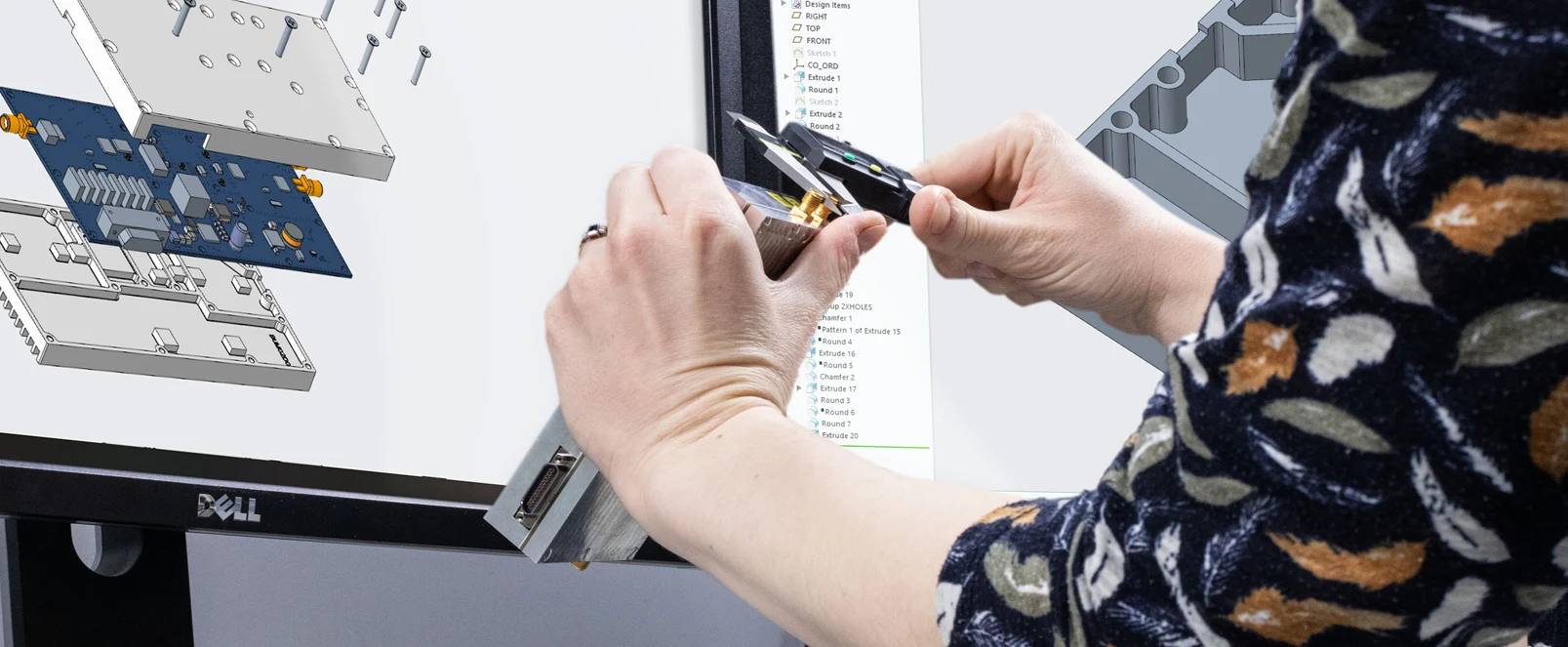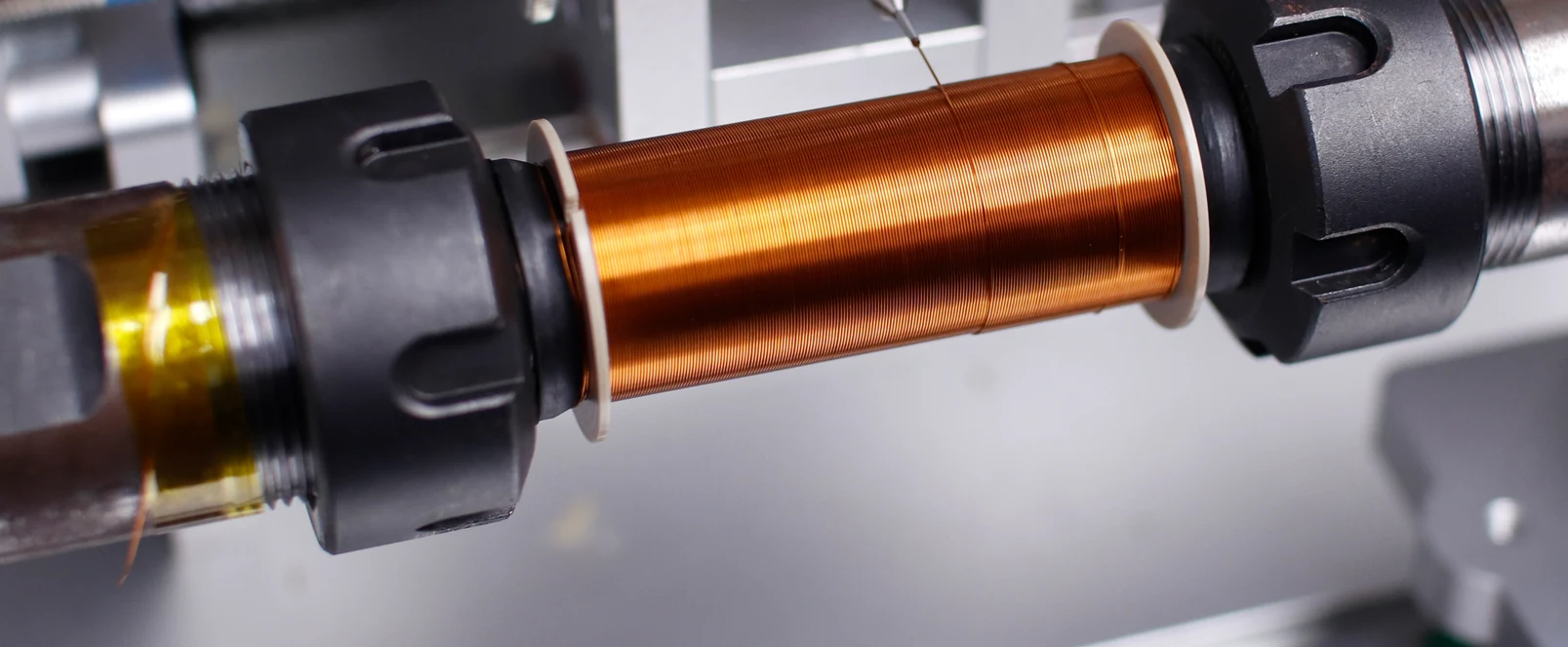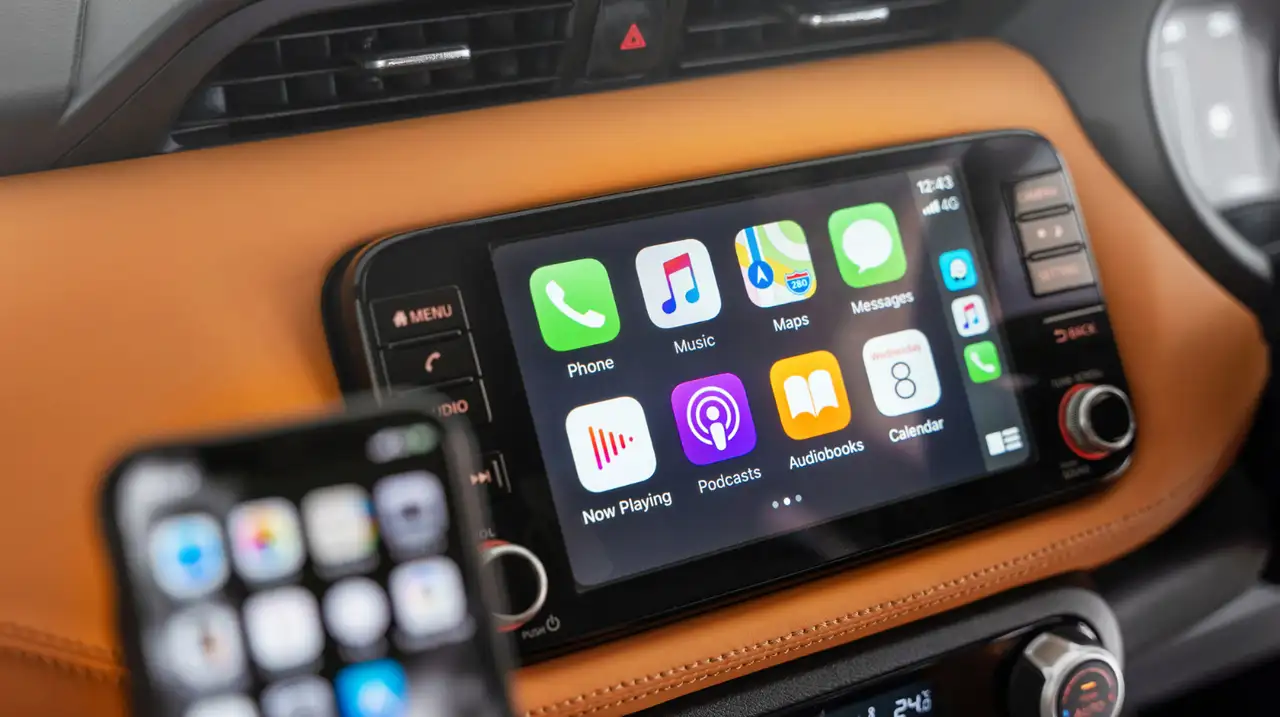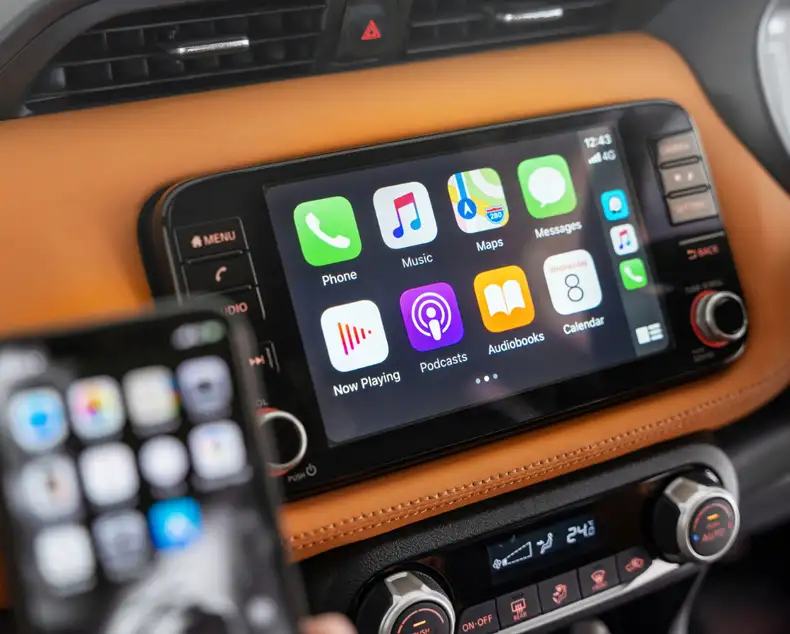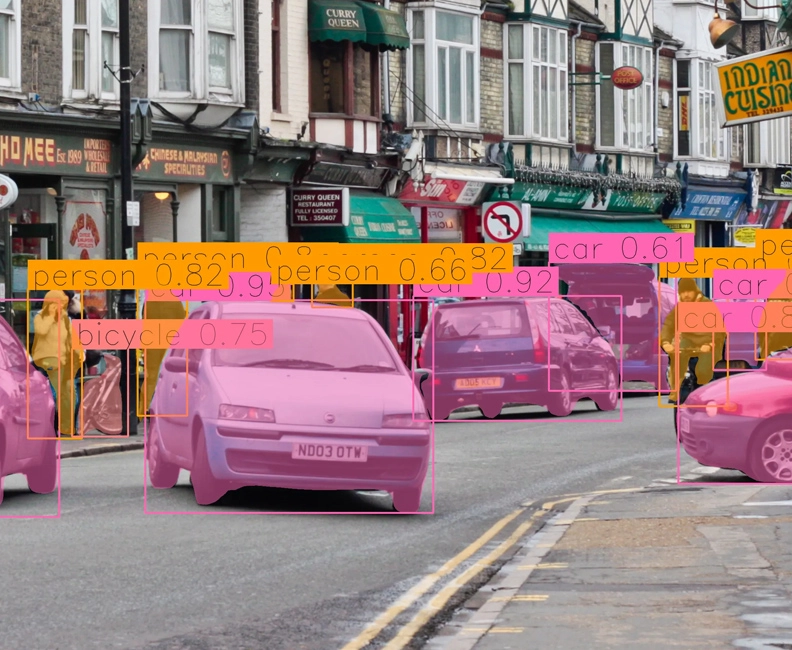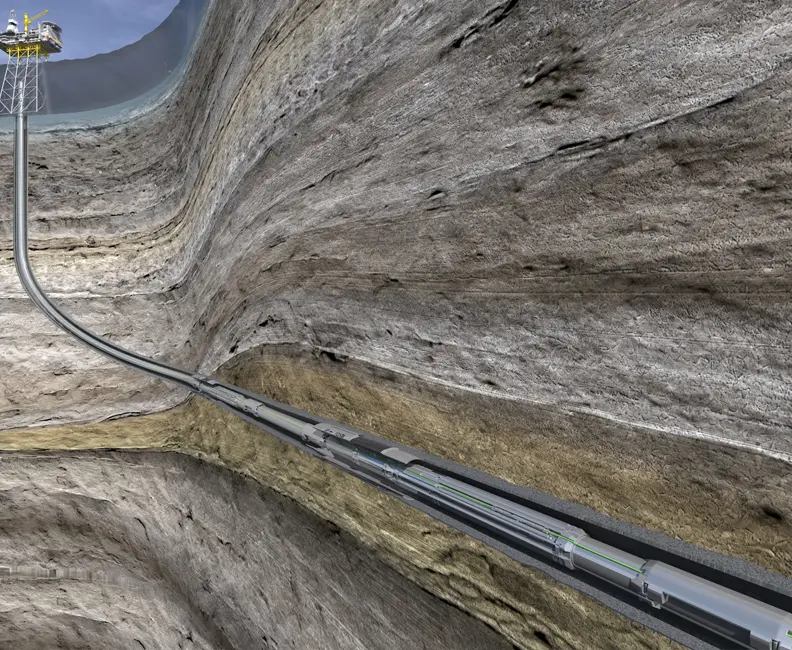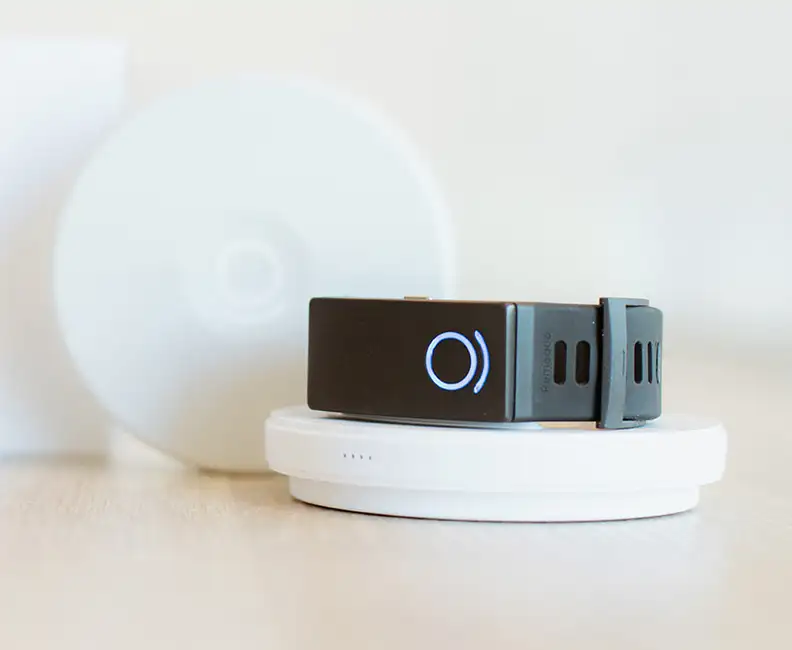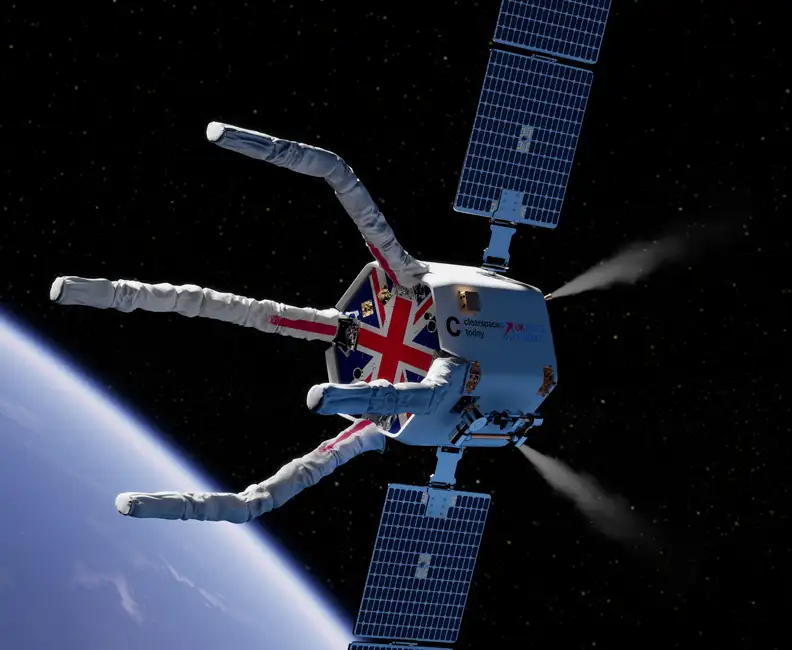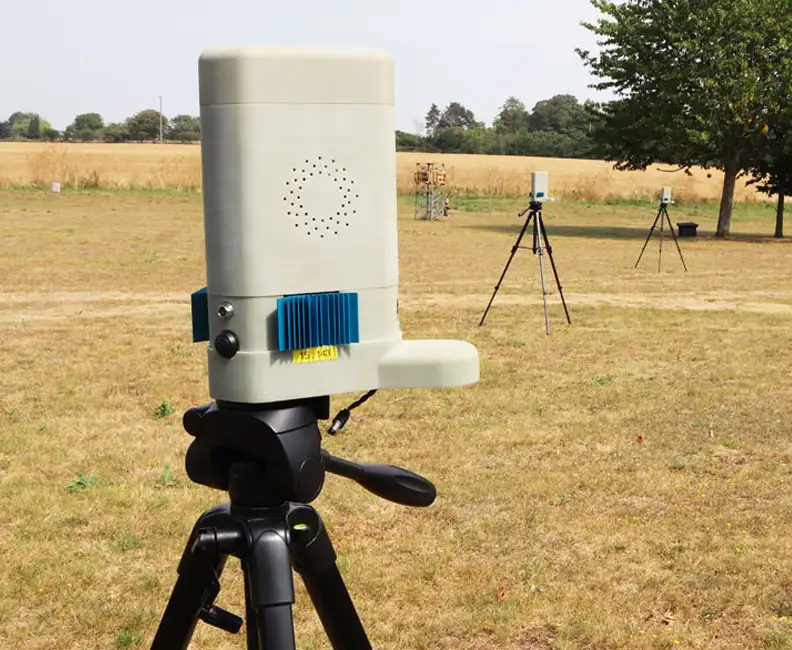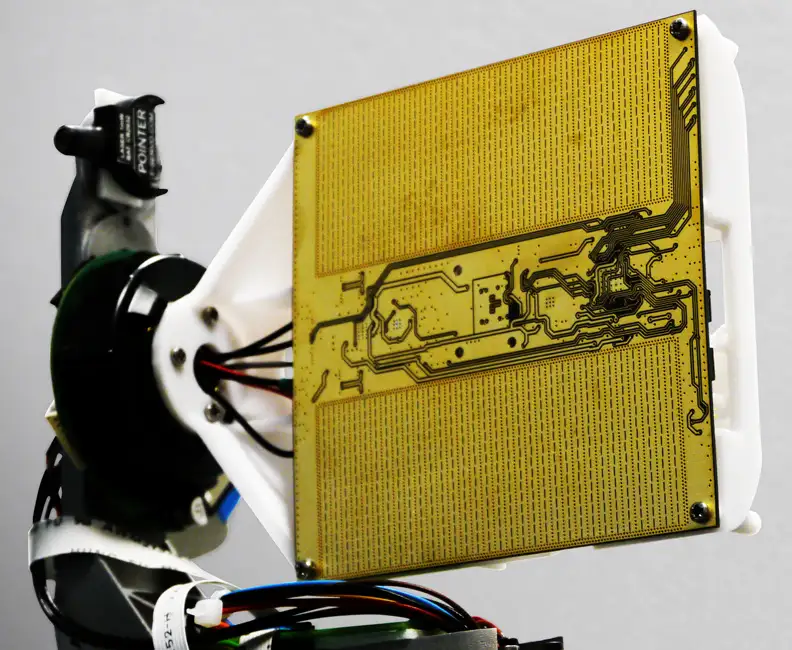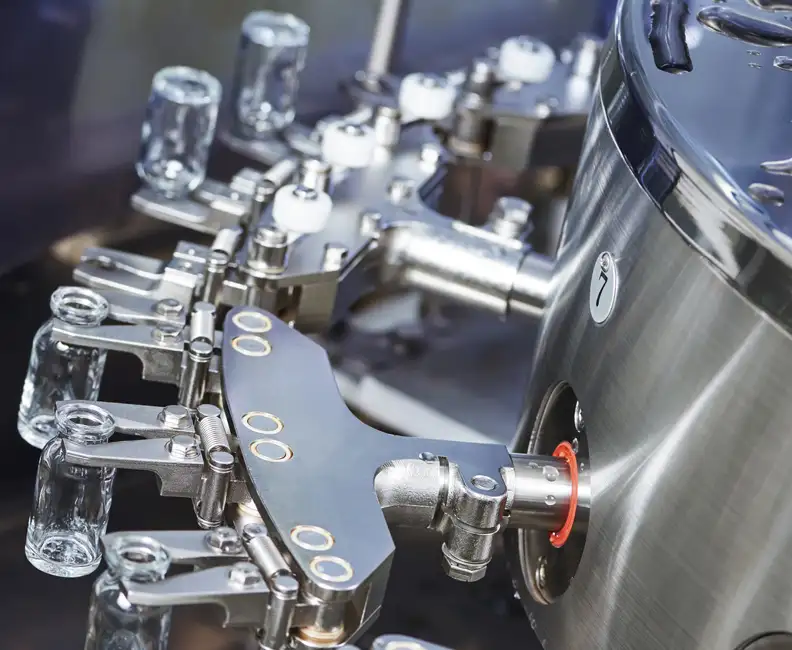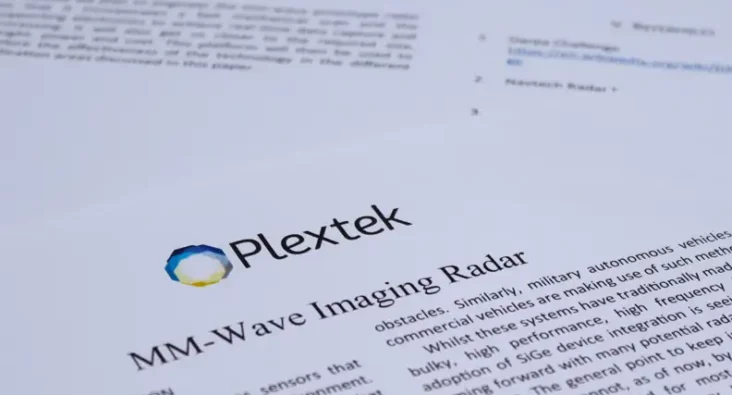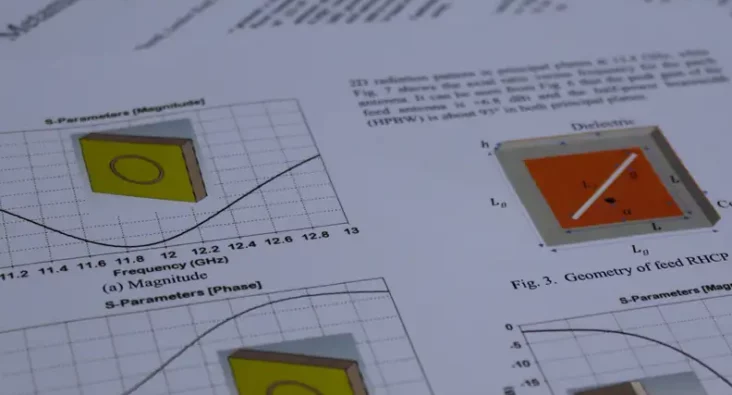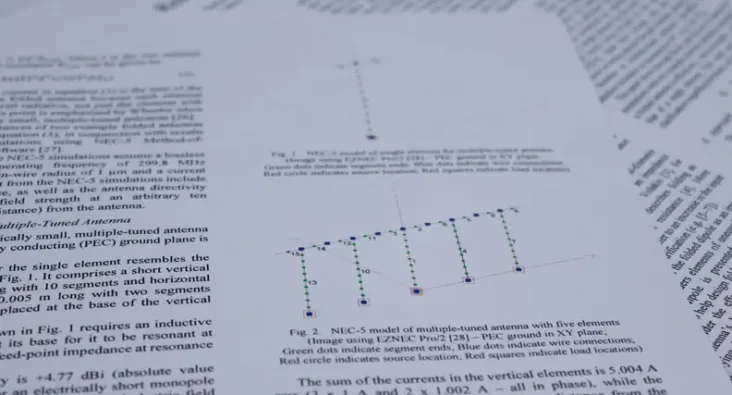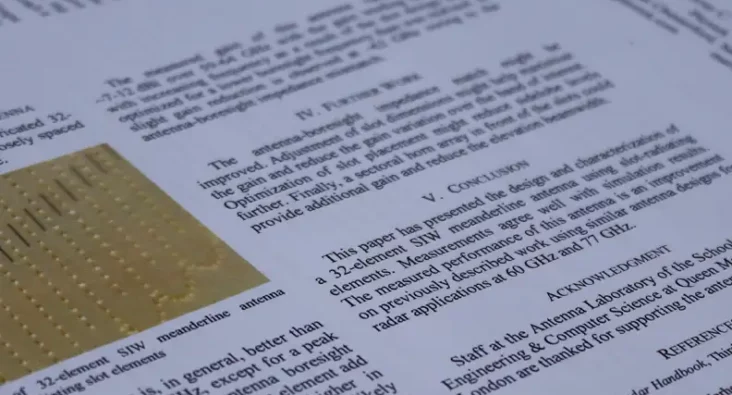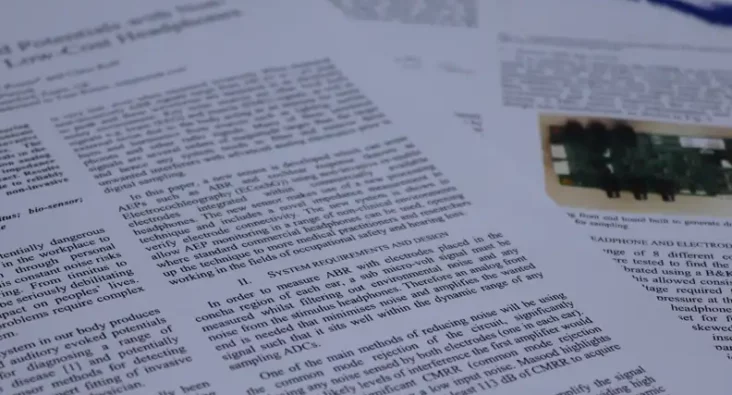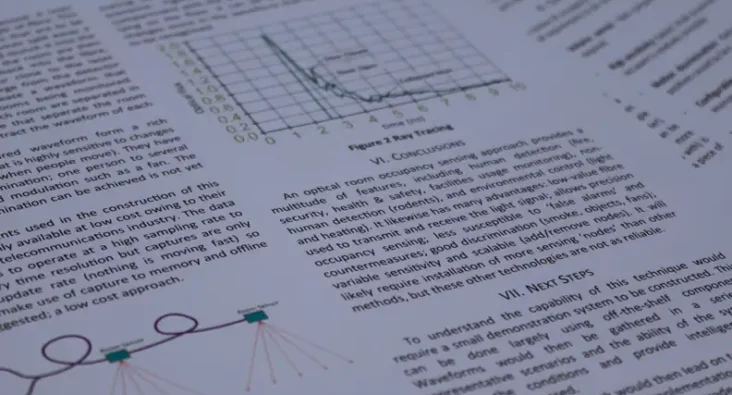The Challenge
Since the early 2010s, consumers have been familiar with touch screen handsets running iOS and Android, easy connectivity via Bluetooth or WiFi, and the concept of downloadable applications.
New sources of audio such as DAB and Spotify were becoming widely adopted – but the typical car audio system remained simple affair with an AM/FM tuner, a CD drive and push-button control. If it had any external connectivity at all, it would be an audio jack cable. Audio infotainment was a good decade behind other consumer products.
Clarion Malaysia, a supplier of infotainment systems to automotive OEMs and the retail aftermarket, had the idea of providing an in-car system that was as powerful and feature-rich as consumers had come to expect from their portable devices. They realised that the alternative was losing the infotainment market to consumer handset manufacturers, with the car providing nothing more than an amplifier and speakers on which to play audio from the user’s handset.
Clarion approached Plextek to work out what performance was possible for a system like this and to subsequently design and develop this radical new product which became the Clarion AX1.
The Approach
An extensive study resulted in a specification for a touch screen device running the Android OS and supporting an extensive range of external connectivity. The choice of Android provides drivers the ability to update or customise their infotainment system with the latest content and apps just as they do with their smartphones or tablets.
However despite its popularity and vibrant apps marketplace, Android posed a number of challenges when applied to an in-car system, the biggest of which was power management. As Android is designed for battery-powered mobile devices it is not well equipped to deal with intermittent or disrupted power supplies, as happens for example when a car engine is started. Plextek was able to address this by designing the AX1’s processor board with a number of peripherals and intelligent power controls to prepare the Android system for the automotive power environment and by adapting Android’s power management to cope with the demands of automotive operation. Our design input also enabled the AX1 to overcome the challenge of interfacing broadcast receivers for AM/FM and DAB by customising Android, which at the time made no provision for broadcast receivers.
Finally, our product design and embedded software expertise was key to helping Clarion Malaysia overcome the design challenges involved in getting automotive grade reliability from the Android OS at a consumer-friendly price point.
The Outcome
The new system had a range of cutting-edge features including internet browsing, 3G support, Wi-Fi and Bluetooth audio-video streaming and an online music APP store all controlled through a user-friendly touchscreen interface that worked like a smartphone. The launch of AX1 generated a lot of excitement thanks to the boldness of the concept compared to the conservative designs that were typical of the category. It challenged car manufacturers to deliver what customers actually wanted in their lives, rather than the simple, safe concepts currently on the market.
Clarion Malaysia considers that the most important legacy of their technical leap forward with the AX1 has been cementing their reputation as an innovative market leader, and the new partnerships, relationships and business that this brought them.








